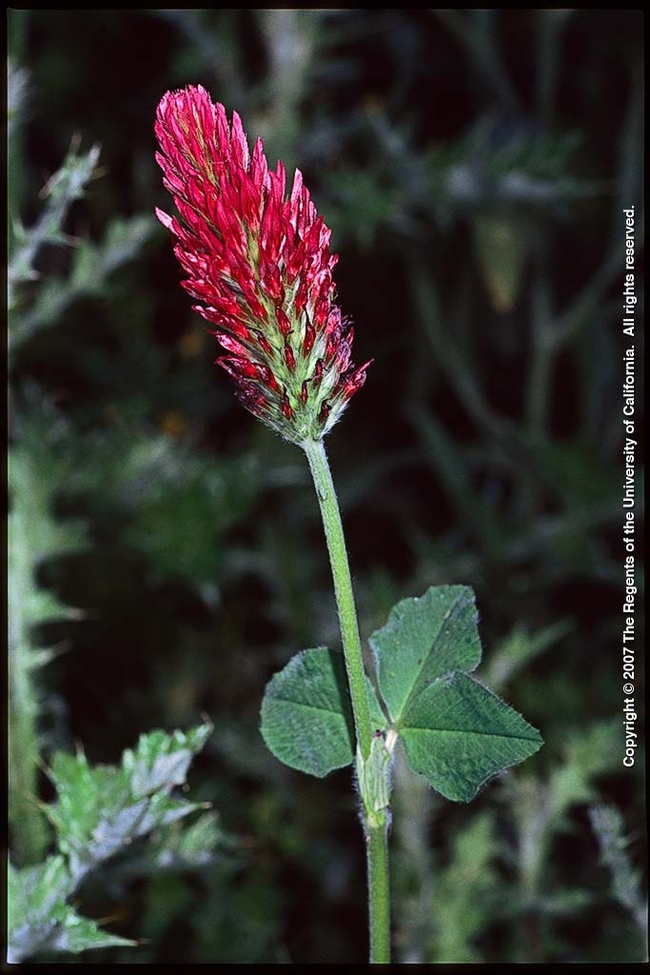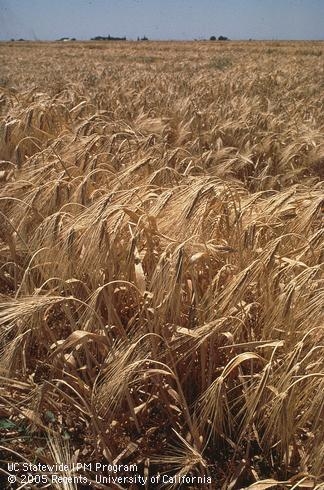What is a cover crop? It's a crop grown to feed and protect the soil when the garden is not being used for active food production. Cover crops can transfer nitrogen into the soil, provide large amounts of organic matter, act as a mulch to prevent erosion, improve soil structure, promote water infiltration and retention, suppress weeds, and stimulate beneficial microbial soil life. That's impressive for a small packet of seeds. And they can be beautiful and attract beneficial insects and pollinators.
What kinds of plants can be used for cover crops and what roles do they play?
- Legumes have unique relationships with soil bacteria, allowing the plant to transfer, or fix, nitrogen from the air into the soil. In addition, they produce hefty biomass (green, leafy material). This can be cut down and used as mulch, it can be turned into the soil to act as a green manure (decomposing in place), or it can be used as a compost crop and added to the compost pile as a nitrogen source.
- Grains and grasses have a different relationship with the soil because of their deep root systems. The action of the roots loosens and aerates the soil, providing channels for air circulation and water flow. Grain plants tend to be tall which results in an abundance of biomass for mulch, green manure, or material for compost.
- Broadleaf plants are used as cover crops for their rapid growth and big leaves. They establish quickly, shade out weeds, prevent erosion from water and/or wind, and generate heaps of biomass for mulch, green manure, or compost material.
- Check this link to see the UC ANR Cover Crop Database where you can find information on a variety of cover crop plants: https://sarep.ucdavis.edu/covercrop
Purchase cover crop seed from a local nursery or from an on-line seed company. If you decide to grow a legume cover crop, it is recommended that you buy “inoculant” powder at the same time you purchase your seeds. The inoculant is a natural bacterium that helps the legumes with the nitrogen conversion. When you're ready to plant (September or October is good), put some inoculant powder on a plate. Wet the seeds and roll them around in the powder.
Evenly broadcast seeds over the area you want to cover. You can make neat rows, or you can spread the seeds over the entire area. Cover the seeds with soil from ½ inch to 1½ inches deep depending on the size of the seeds. Keep the soil moist for the first week to aid with germination and then water as needed when the soil dries.
To get the maximum amount of nitrogen from a legume crop, cut or mow it after it starts flowering in the spring, allowing several weeks for the mass to decompose before planting something else. For other types of cover crops, cut them before they go to seed, or several weeks before you want to plant your crops.
Is it worth the effort to grow plants you're not going to eat? You bet it is! Deciding to grow a cover crop will be one of the best decisions you make for your soil's health and overall vegetable production. Cover crops will save you time, energy, and money and we can all use more of each of these.
Sources and Resources:
- This link will give you planting instructions and harvesting guidelines: https://marinmg.ucanr.edu/EDIBLES/COVERCROPSETC/
- The following suppliers are good sources for cover crop seeds
- Peaceful Valley Farm and Garden Supply
- Territorial Seed Company
- True Leaf Market (also has an excellent free guide for cover crops that you can download)
Help Desk of University of California Master Gardener Program of Contra Costa County (BHD)
Attached Images:


